A large number of my clients are from the United States of America, and while visiting a wonderful lady who commissioned me in Oregon (and who will have her own post!), I was able to take a trip through three states to see the wonderful animals, trees and landscapes and get plenty of inspiration for my sculptures.
Booking an RV I travelled with my husband Charles down from Seattle to Portland, then east to Mount Hood, south to Crater Lake, west to the north California redwoods and beach, then north up the coast road to the Washington Olympic State Park, before returning to Seattle.
Here are some of the wonderful things that caught our attention, and are likely to feature in some of my new personal sculpting work of the next two or three years.

Smith River, Jebediah State Park, California – September 2024
Along the Columbia River, Oregon
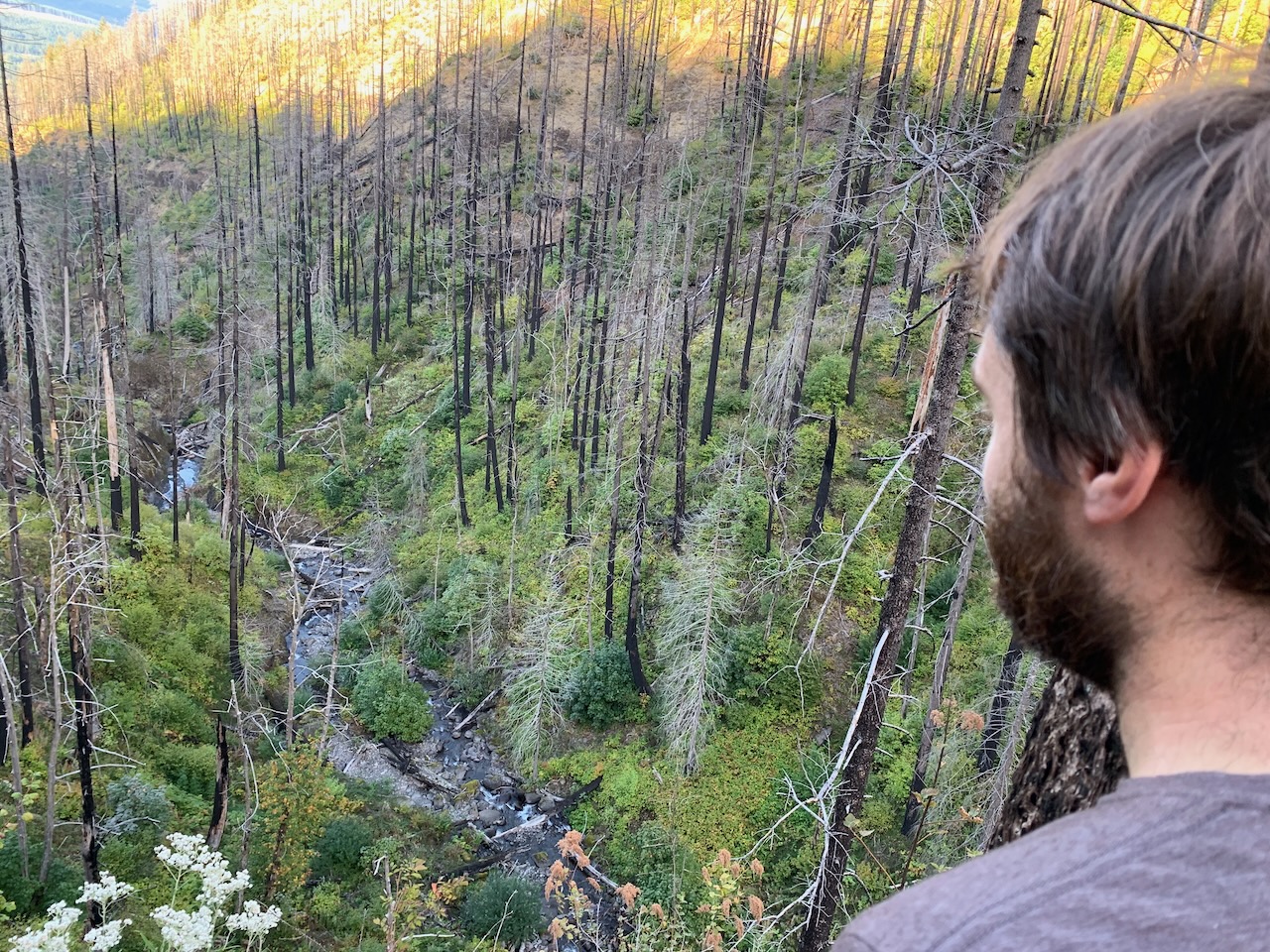
Our first walk in the USA, and an ongoing and deeply upsetting experience through the trip, was seeing how much forest has been burned in wildfires. Oneonta Falls Trail by the Columbia River led to a lovely waterfall, but walking past tree after burned tree was a very unsettling thing, coming from the UK, where the ‘forests’ are so much smaller, penetrated by people’s homes, and not so vulnerable to fire each year. Seeing the aftermath, where almost ever tree is dead, was surreal. The textures, and returning life, were inspiring, but when the third planned walk, and the fifth was also burned, I began to realise I couldn’t really comprehend the scope of the impact of these wildfires. While fires are a natural part of many ecosystems, I feel we have to wake up to how bad the scale of these is getting and their impact.
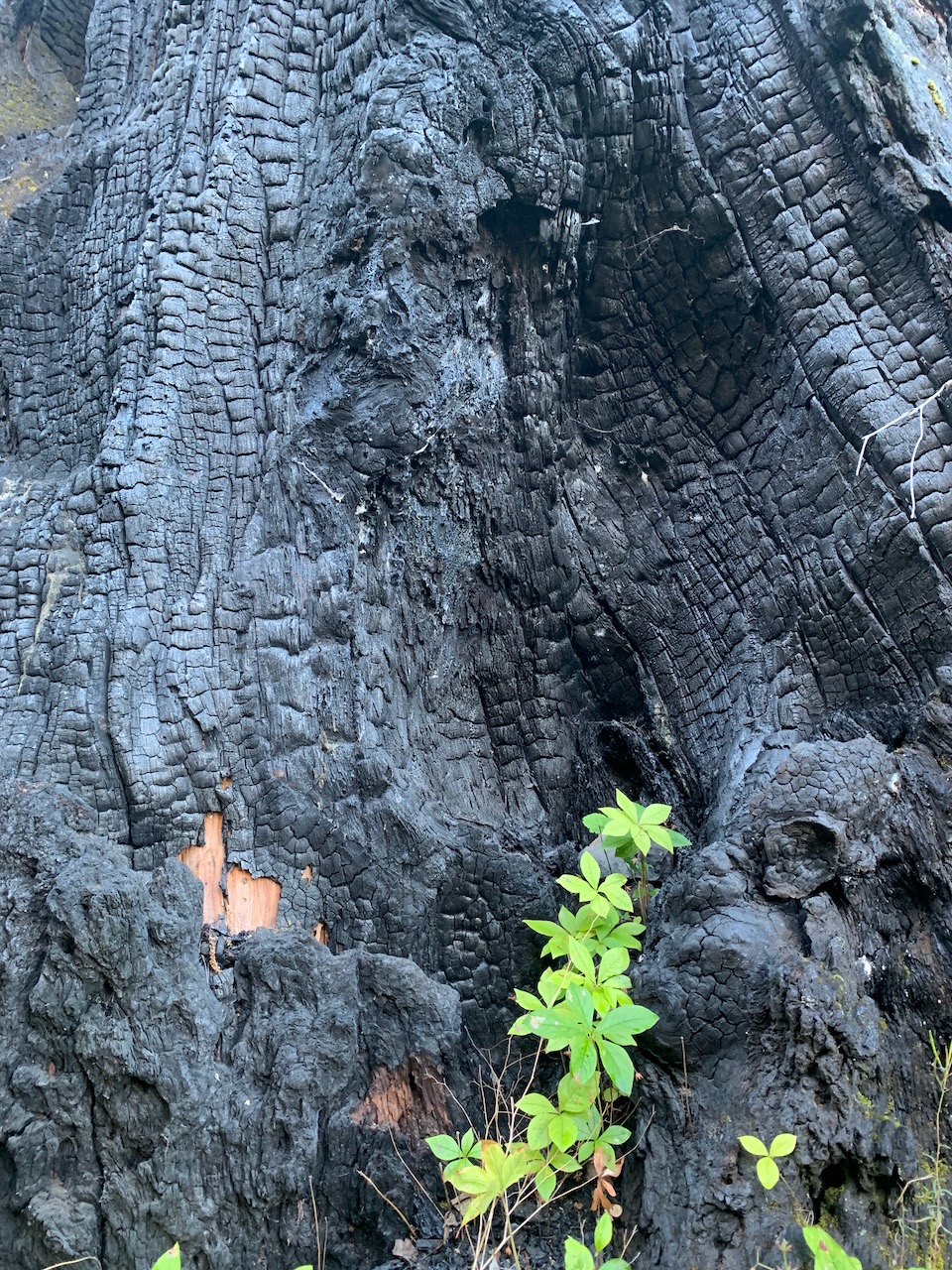
Mount Hood, Oregon
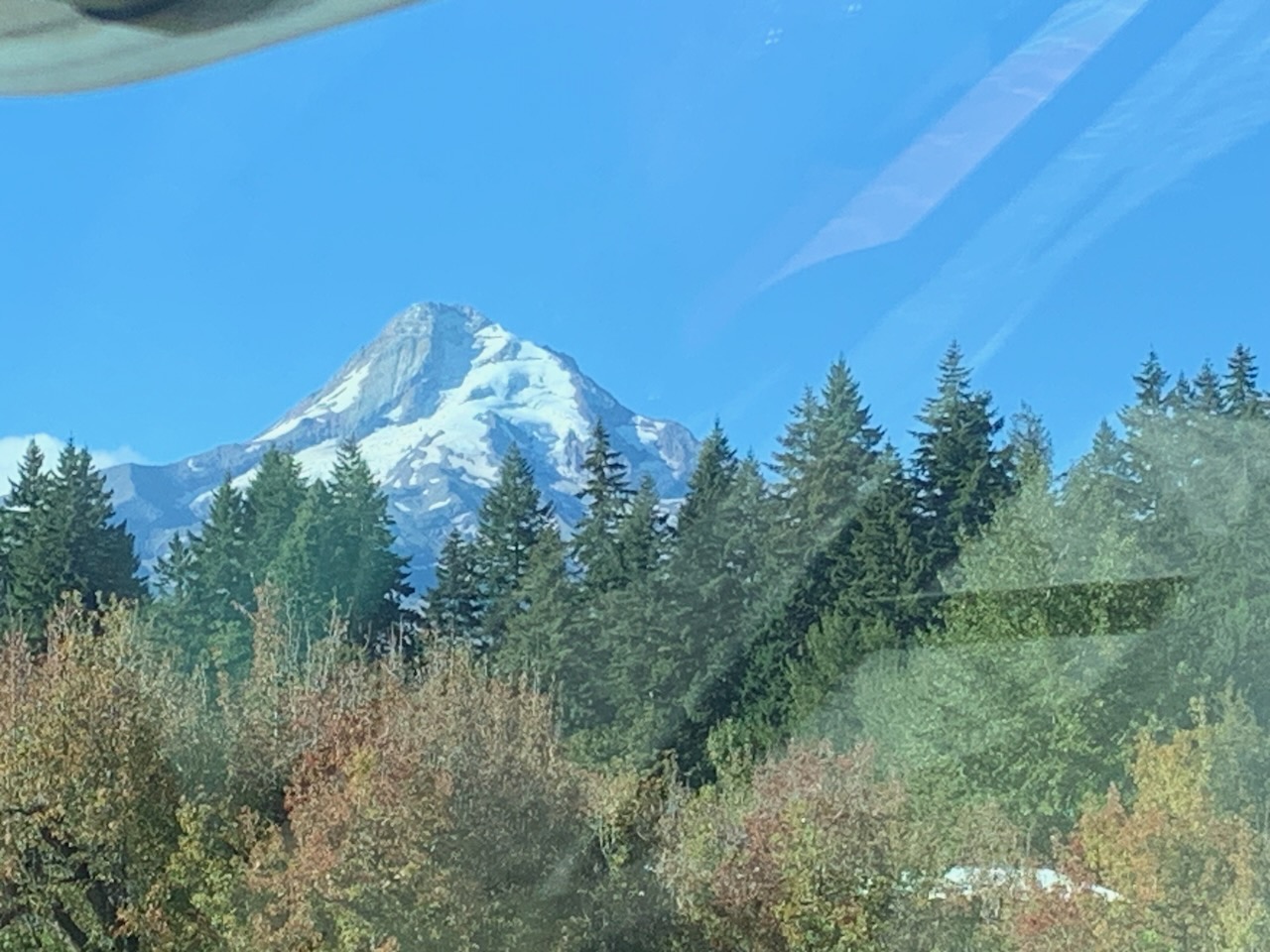
Walking near Mount Hood, we crossed a wide rushing mountain stream on a log, and saw alpine meadows, and saw our first American birds, including the spectacular American gold finch, and blue jay and the extremley cute chipmunks!
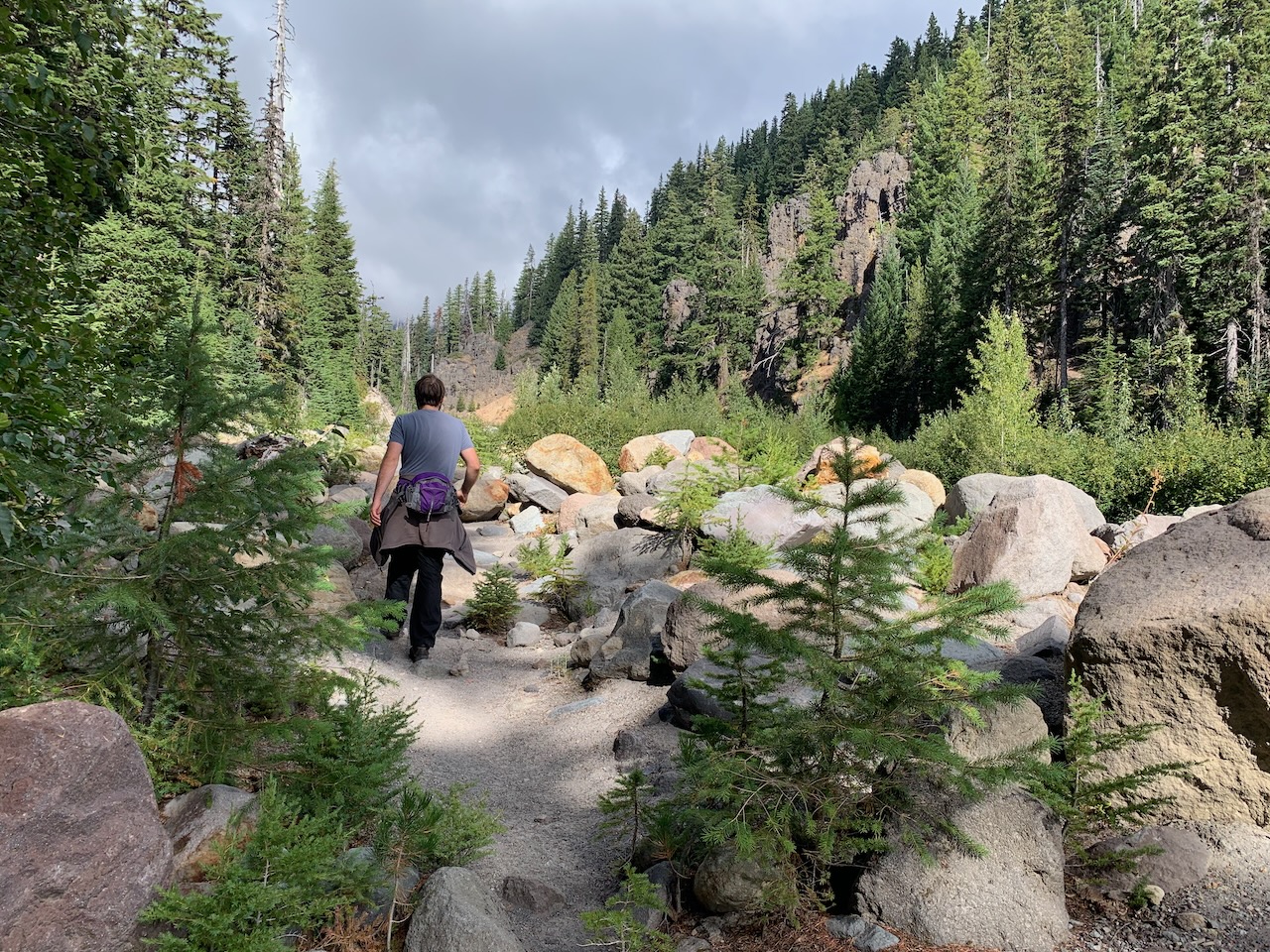
Warm Springs Reservation, Oregon
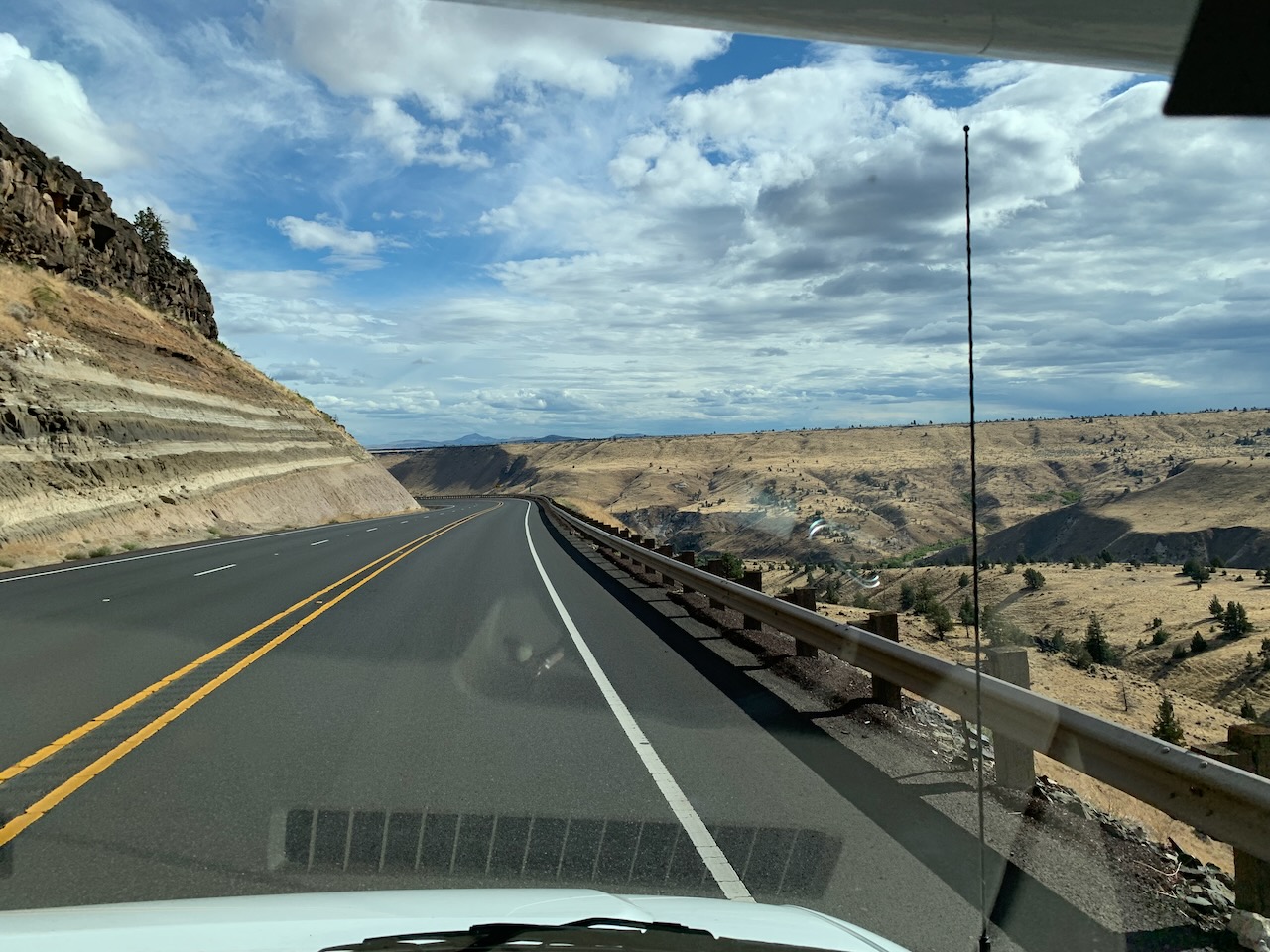
Our route south took us through the canyon on the Warm Springs Indian Reservation. The sudden transition from the gorgeous mountain forest around Mt Hood to the plateau grasslands made me curious about the history and culture of the people still living there.
“In 1855, Joel Palmer, superintendent for the Oregon Territory, received his orders to clear the Indians from their lands. He did so by negotiating a series of Indian treaties including the one establishing the Warm Springs Reservation. Under the treaty, the Warm Springs and Wasco tribes relinquished approximately ten million acres of land”…“Traditional ways of life changed greatly after the Wasco and Warm Springs tribes relocated onto the Warm Springs Reservation. Salmon wasn’t as plentiful as it had been on the Columbia” [River,] “and the harsher climate and poor soil conditions made farming more difficult.” Confederated Tribes of Warm Springs.
Unfortunately, I wasn’t able to see the things on the right during my visit, from the Petroglyph Canyon and Warm Springs Museum respectively, but I’m glad my trip through caused me to research the beautiful indigenous artwork and the reasons the reservation exists.
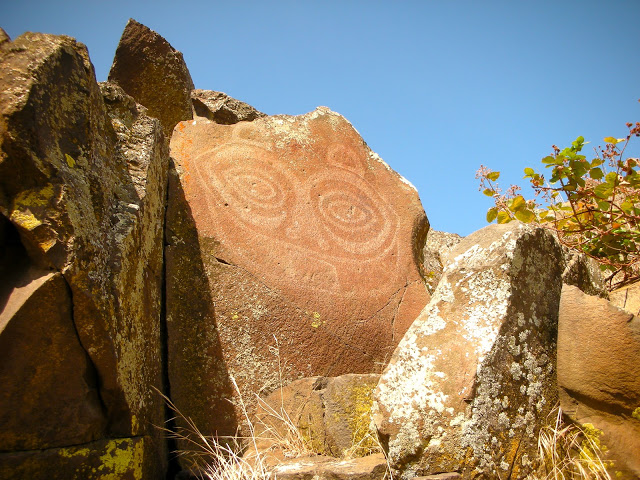
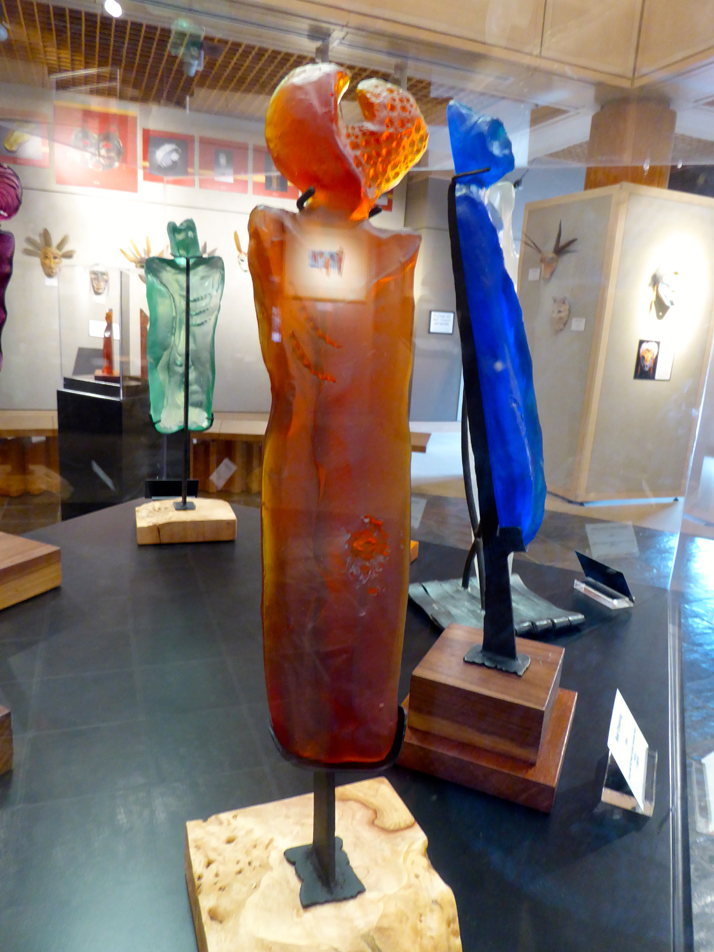
Above: Lillian Pitt glass figures – credit Teresa Kasner
Crater Lake, Oregon
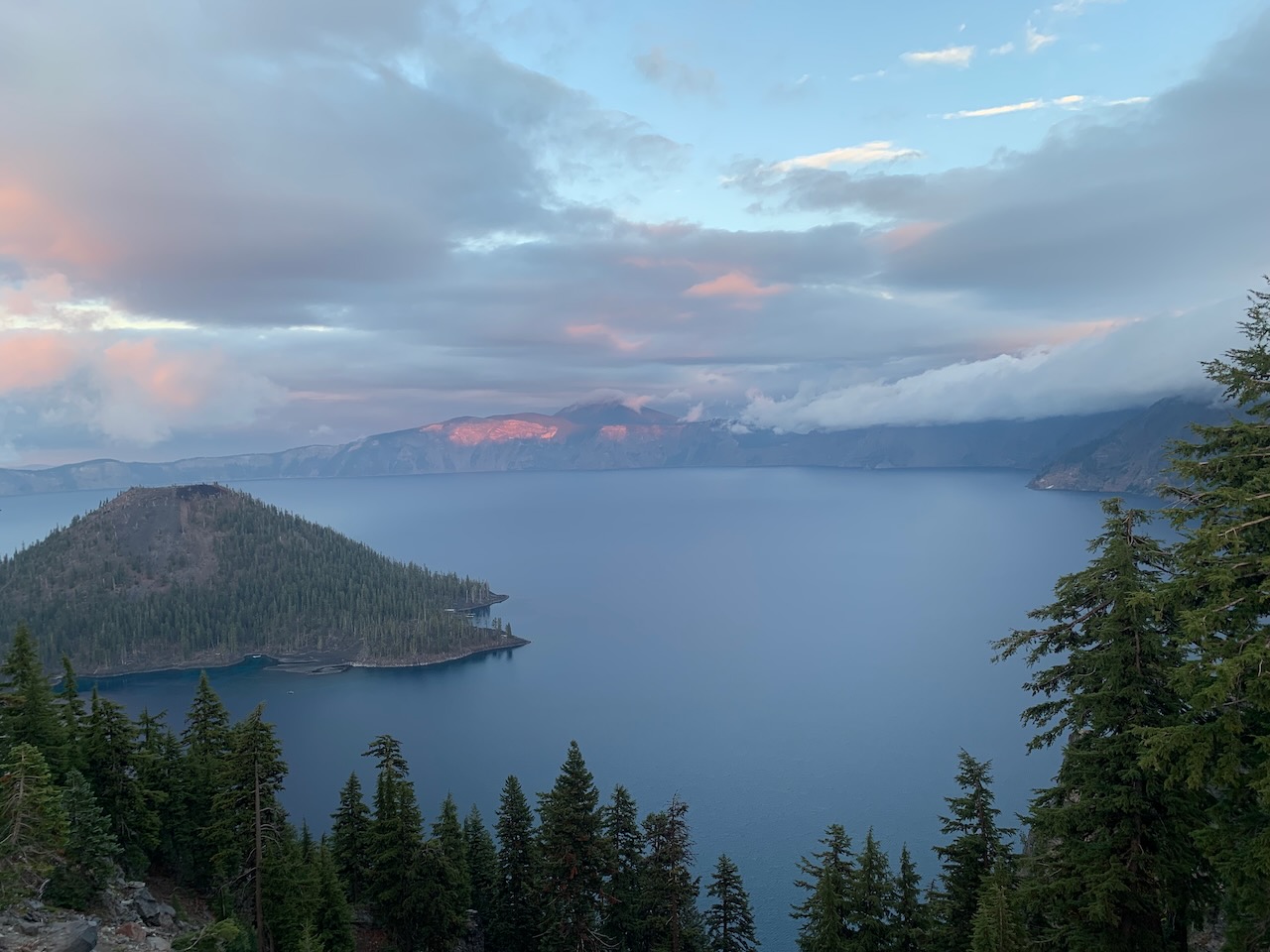
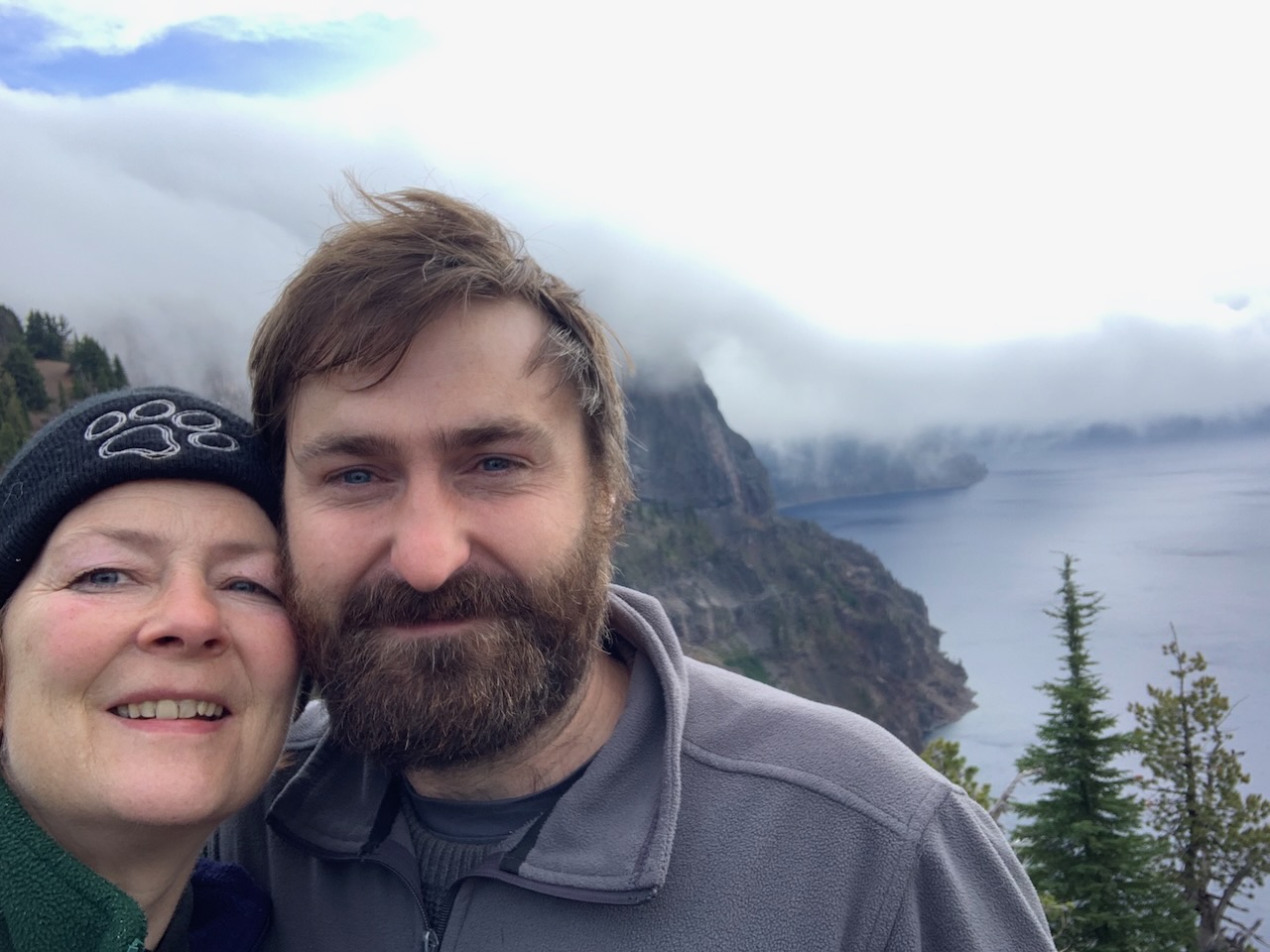
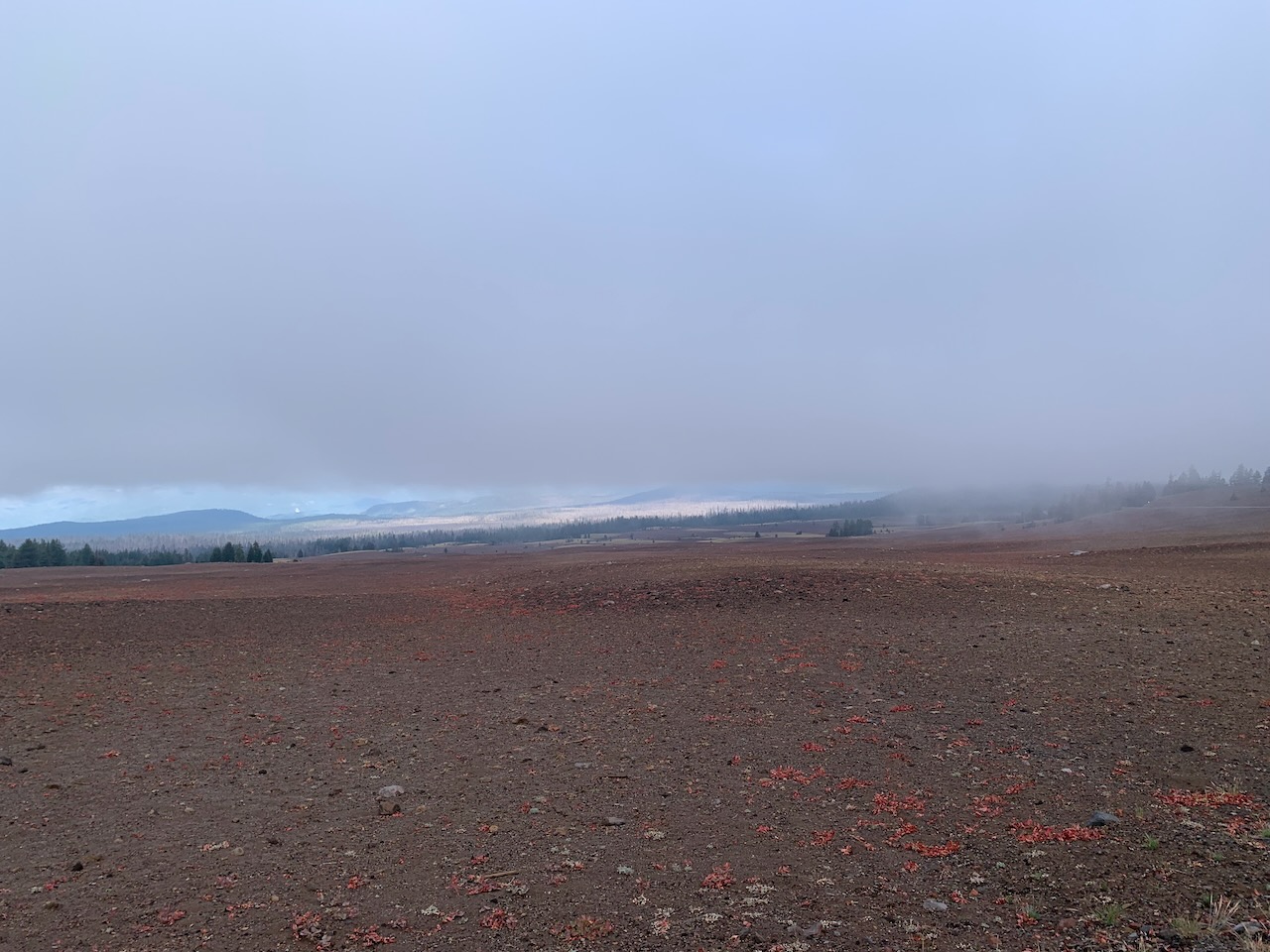
The massive volcano Mazama, whose eruption created Crater Lake has created one of the deepest lakes in the world. And, fed by snow melt, it is also one of the purest. The crater rim is very high, and causing mist to condense as it rises over the edge. I didn’t see it, but I found out there is a 30-foot tree log that has been floating vertically in the lake for over a hundred years, called the Old Man of the Lake, and there are some beautiful pictures online. The area immediately around the crater looks like a moonscape of volcanic soil. And it was terrifying driving into the area as it got dark, through the mist, with the incredibly steep and mainly unbarriered ‘rim road’ traversing the steep edge of a drop only comprehensible when seeing the tops of the trees!
Hiking nearby we saw out first black tail deer, and our first elk – an enormous male walking through the trees in the valley below us. We also saw a golden eagle, who luckily announced his presence after he saw us, or else we’d never have spotted him. I spotted black bear scat on the trail too (which was a bit unnerving and exciting!)
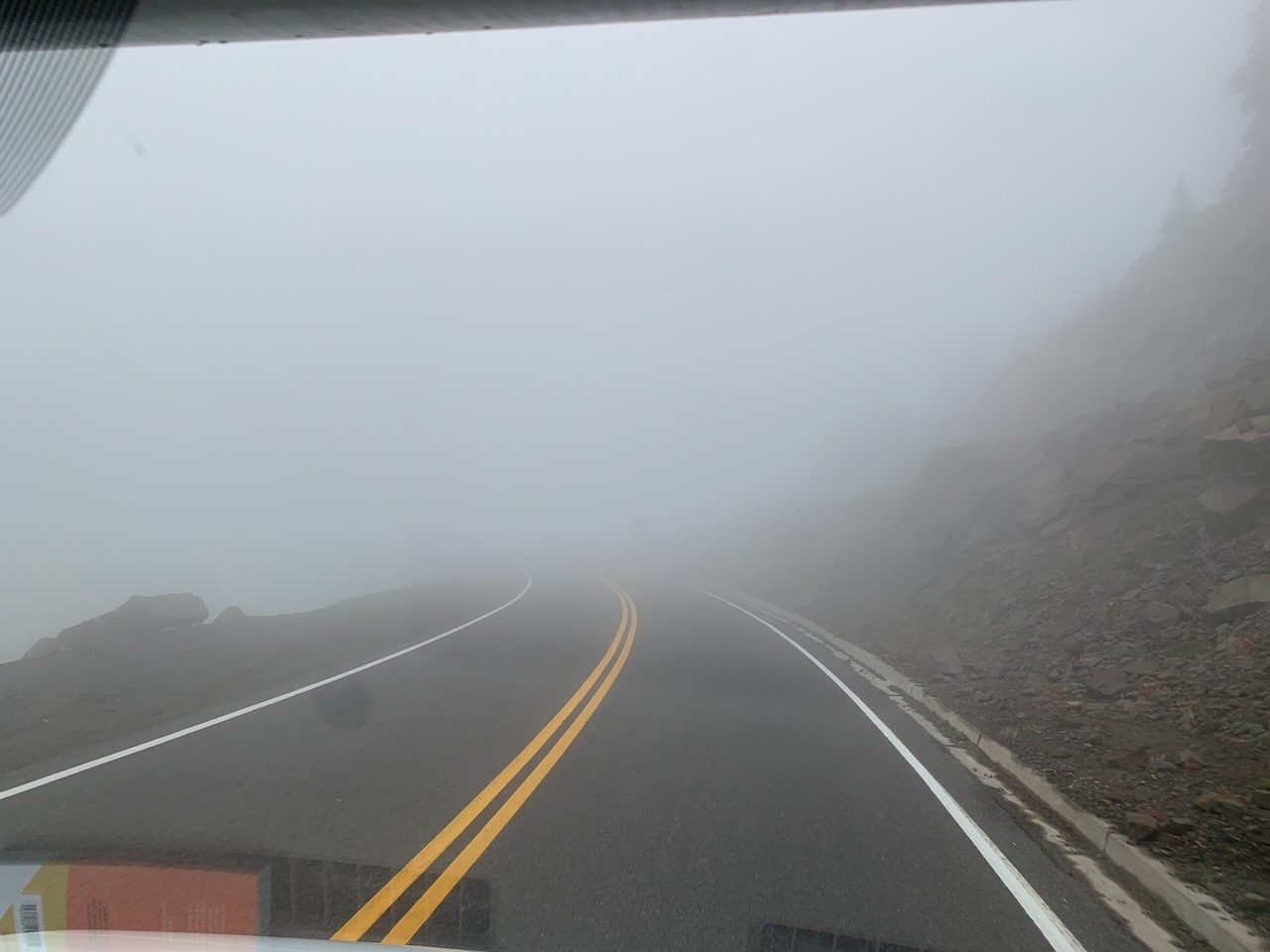
Redwoods in Jebediah Smith State Park, California
Seeing the Redwoods is something that I had really been looking forward to. Conceptually, these trees are fascinating, both as symbols of nature in its grandest scale, but also in the impact of humans (most have been logged, with only a few giants remaining). They feel like a lesson in humility for our species, and their form and size is knocking around in my mind to incorporate into a sculpture somehow. Seeing the lush understory gave the impression of a valley rainforest.
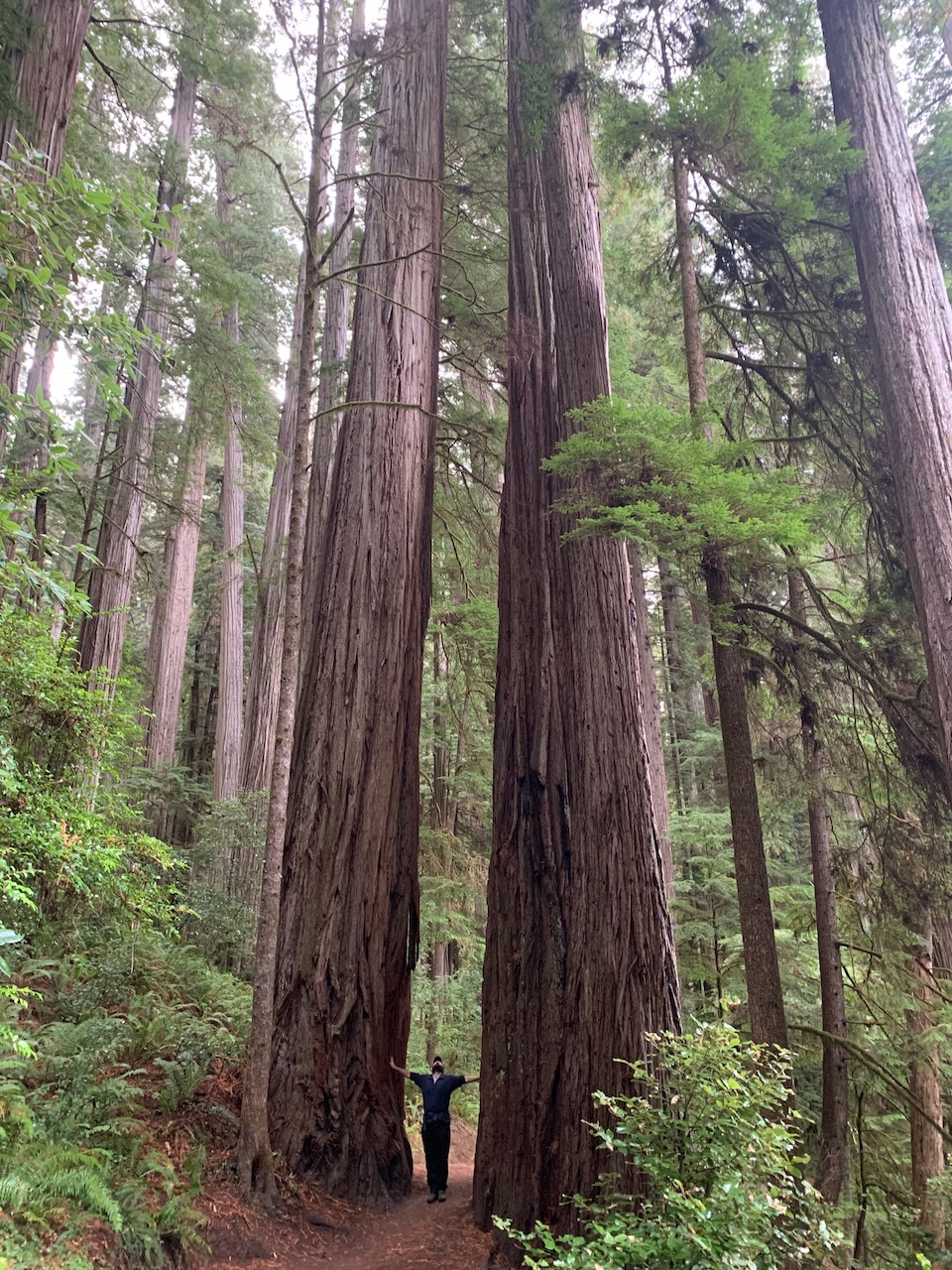
I saw fish and red squirrels, and what I think may have been big brown bats flying under me as the light started to go, while we stood on a low wooden footbridge over the Smith River, and learned about the amazing conservation work going on to protect the species and educate people about their importance in a tapestry of life and local history. I’d love to see the salmon run, having read all about them, and we might be off to Vancouver Island one day in the future. After visiting Jebediah Smith State Park, we went up to the Alfred Loeb State Park, where I felt really happy to see a panolpy of belted kingfishers with their grey mohawks, haunting the river edge.
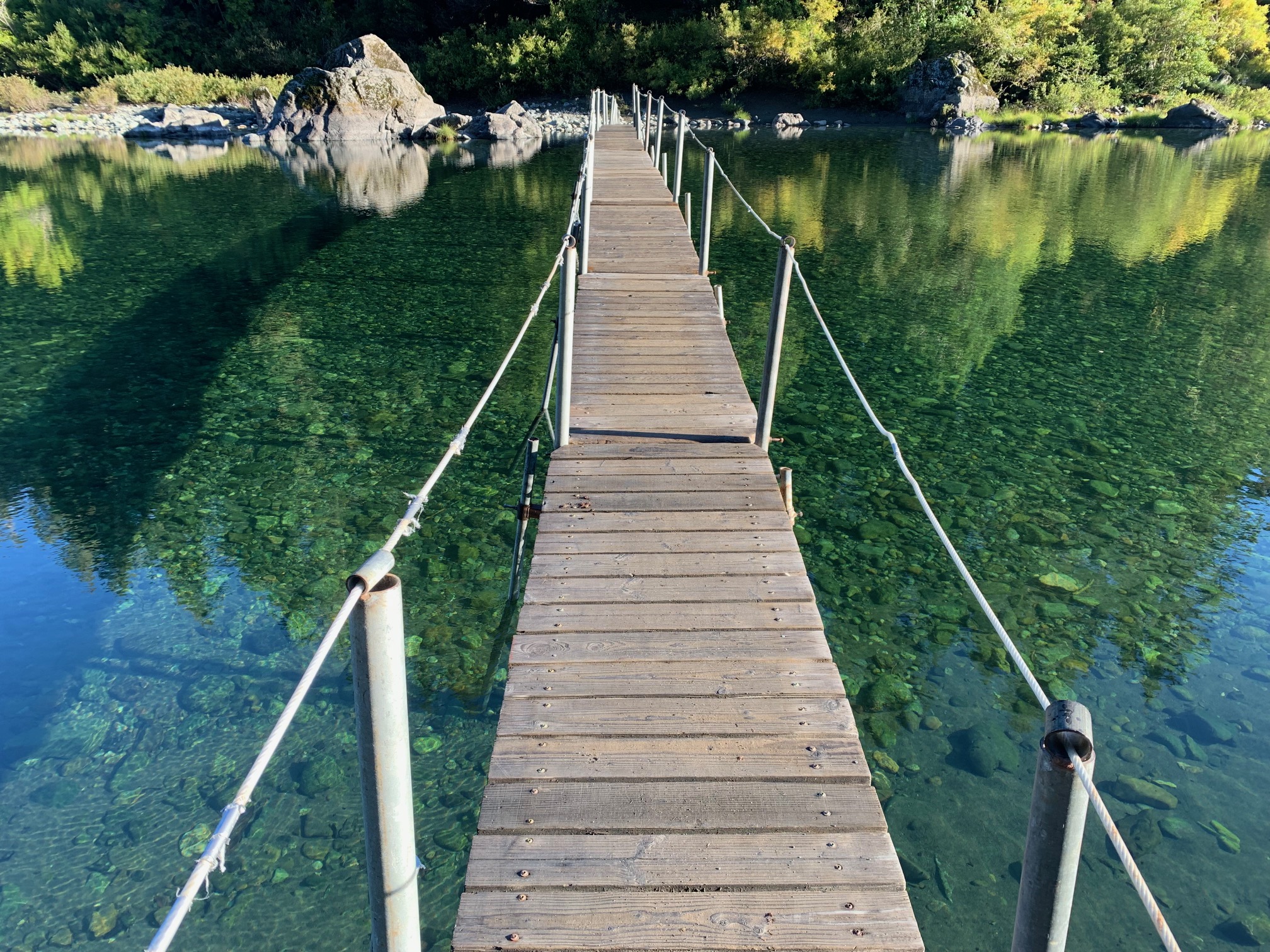
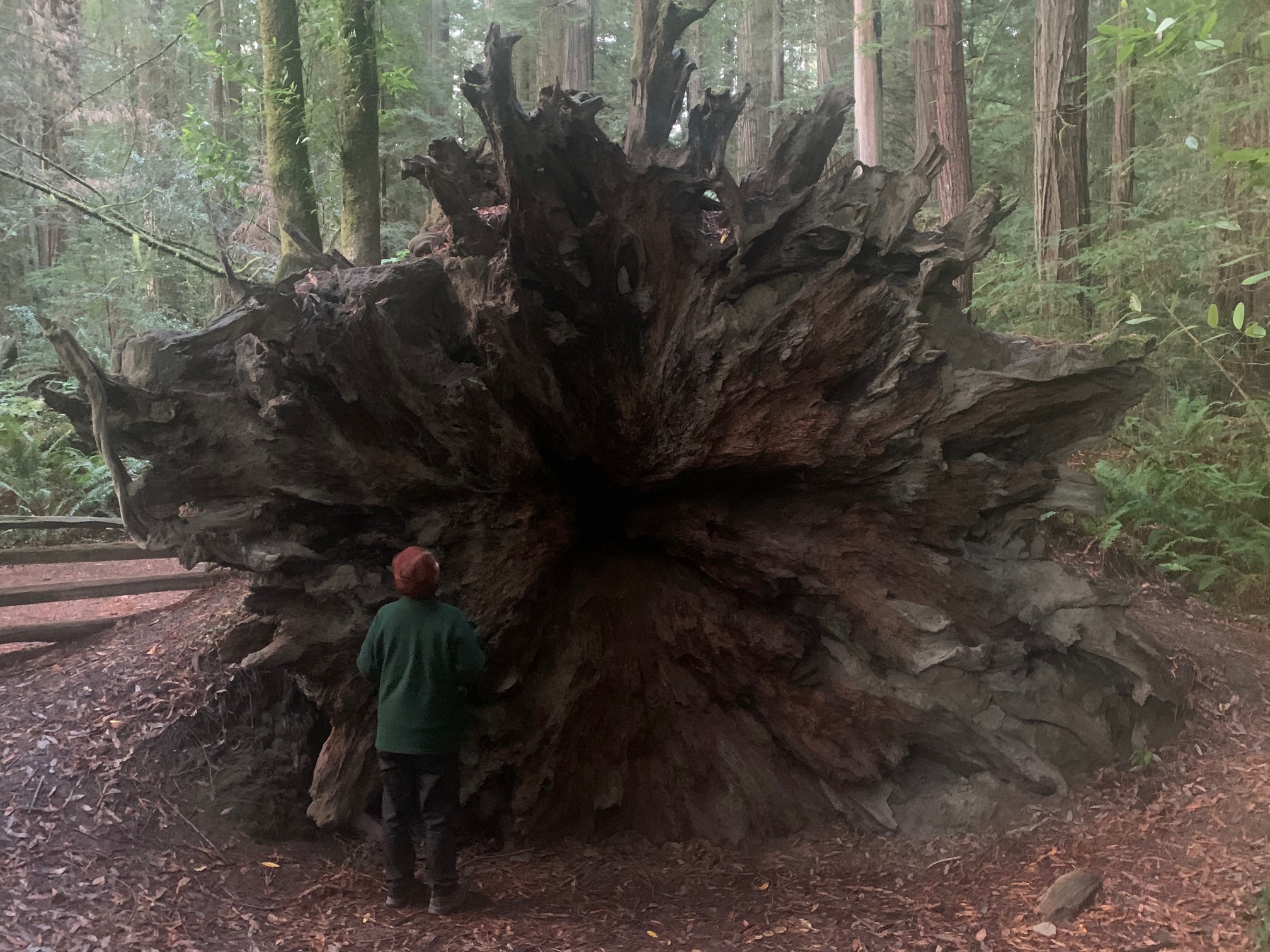
Tolowa Dunes State Park, California
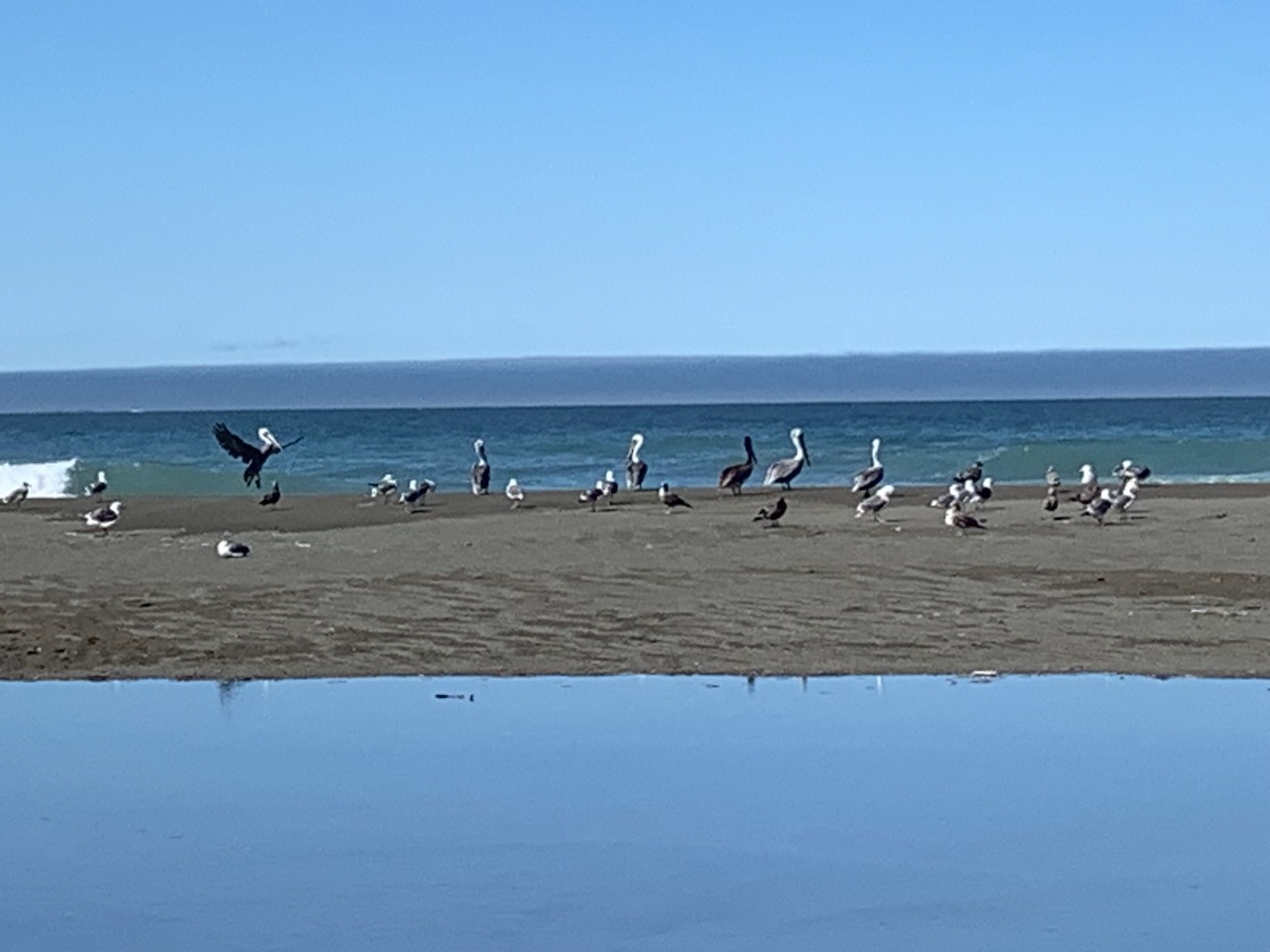
The spectacular ‘V’ flying of pelicans just over the crests of the waves, and seeing the birds preening and even diving for fish out to sea was unforgettable. They really stole the show, and I will have to sculpt a larger one now I have seen them in person. But the wildlife reserve was filled with amazing birds of all types and I saw a peregrin falcon hunting tattlers. I also had the privilege of meeting a Talowa Dunes Steward who told me about the restoration of the native dune plants, including silvery phalicia, where they and volunteers have been meticulously clearing the invasive European beach grass. This hard work has resulting in the return of the Western Snowy Plover and the successful hatching of chicks! Other lovely things included the comorrants, sunning their wings, and small tree bark pebbles, rounded and made shiny on the beach.
Charles went swimming, and was out of the water again in ten minutes after two curious harbour seals popped up of the waves beside him. Then later we drove north past the most massive sand dunes for miles.
Dean Creek, Oregon
After seeing the male elk at a distance in the forest near Crater Lake, I was keen to see them a little closer, and visited the Dean Creek elk viewing area, where I was able to see a big male elk bellowing and coralling a group of females. I also spotted two adorable babies with their mothers!
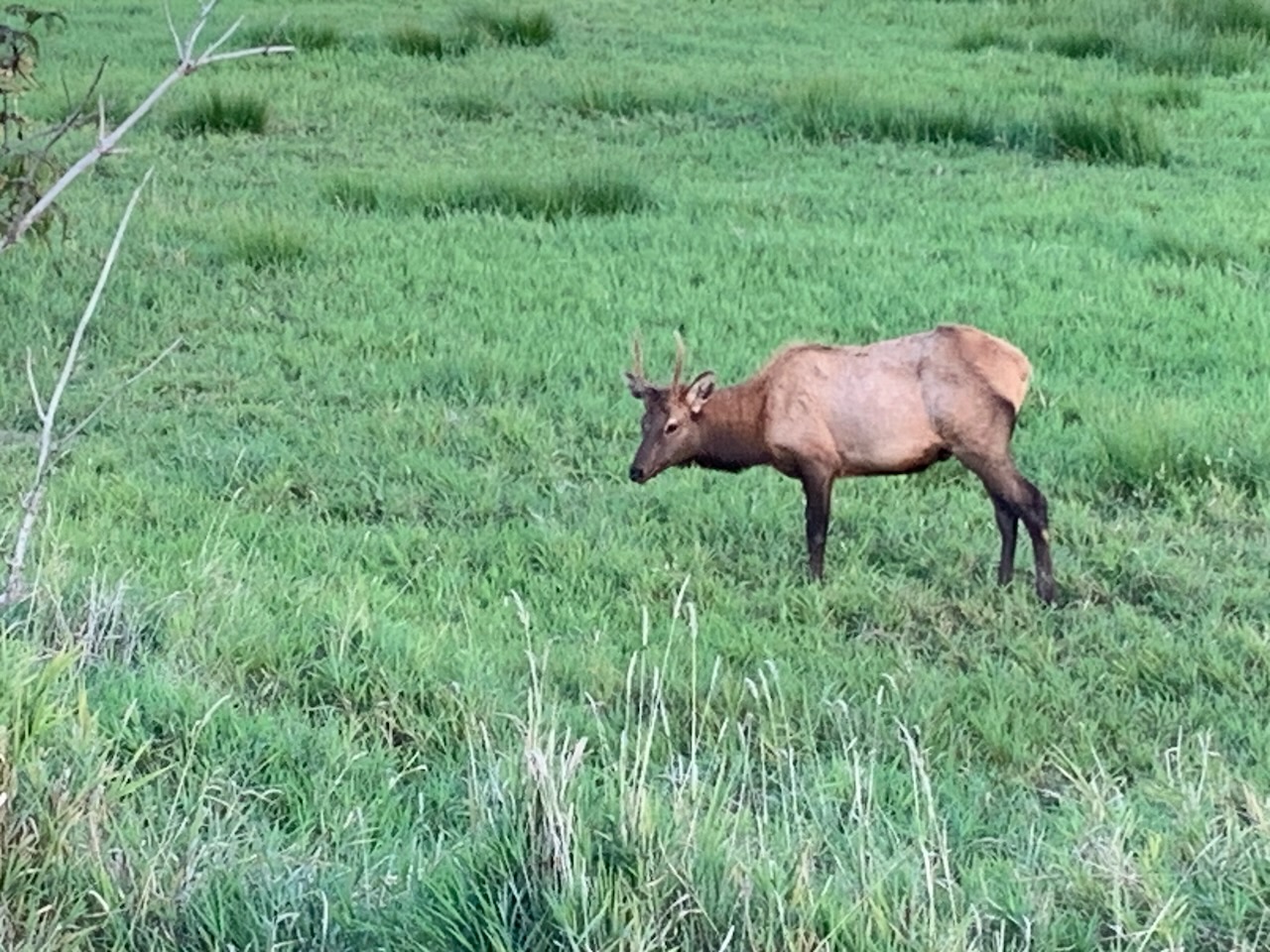
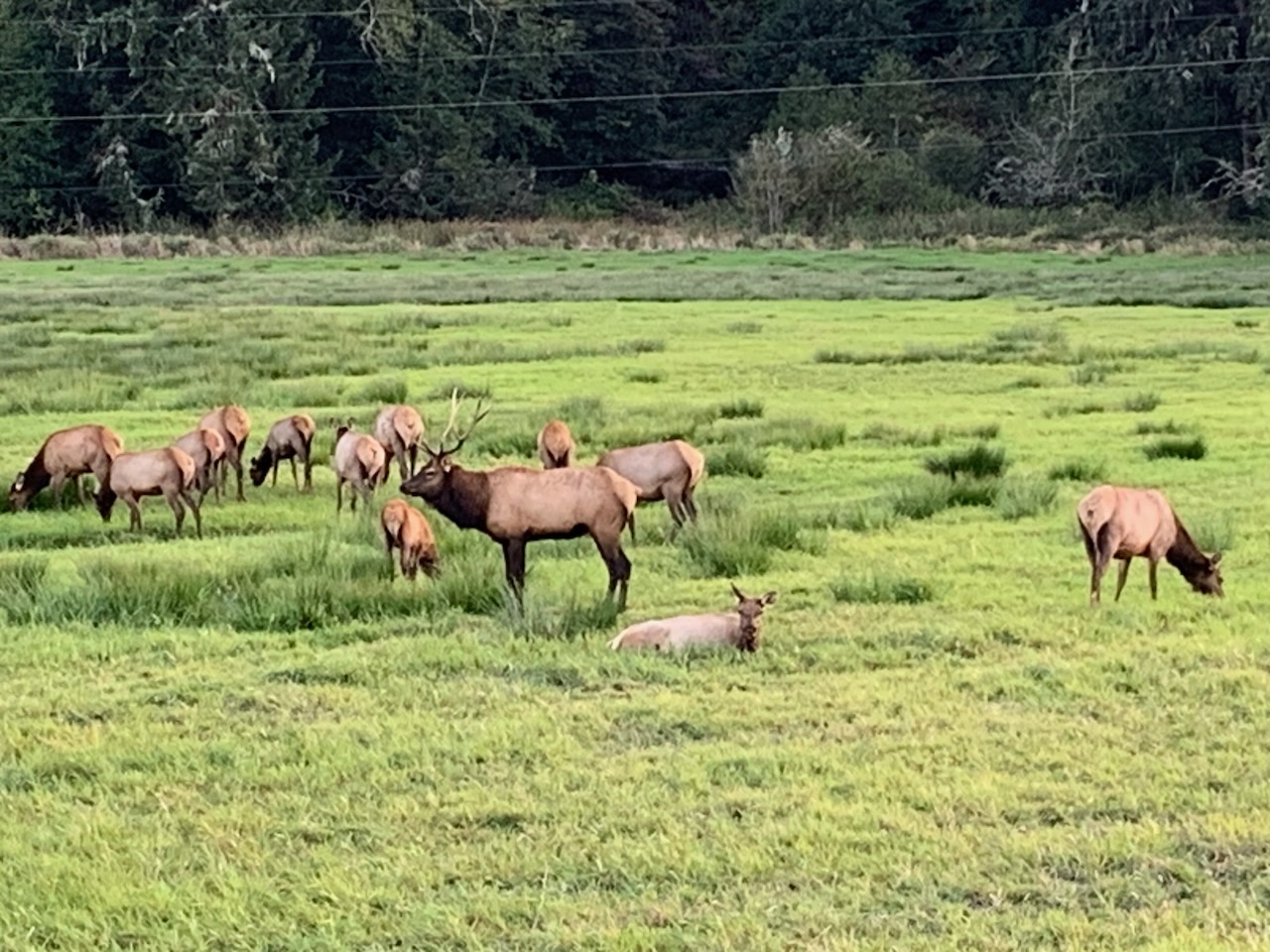
Umpqua River and Heceta Head, Oregon
Rockpooling on the beach at Heceta Head, I saw a huge number of starfish, and also anenomes, which were still out under the water. We also saw sandpipers, and either pigeon guillemots or common loons bobbing in the water, and brilliantly some very close up views of the magnificent turkey vultures, with their bald heads. The beach felt rich in wildlife in a way that is quite rare to see in the UK, where undeveloped beachfront is at a premium, and I have certainly never seen such extensive barnacle and crustacean colonies unsquashed by inconsiderate human feet. I was able to see a sandpiper and a black oyster catcher, with the latter feeding on the barnacles or mussels.
While it was the wrong season to see Sea Lions and migrating Grey Whales here on the Oregon Coast, I visited the Umpqua River Lighthouse Museum and Sea Lion Cave. Able to climb up inside the large rotating lens of the Umpqua Lighthouse, I found out that the interior was gorgeous and scintilating with colour – the kind of experience you could hope for in excellent installation art. Learning about the science in the making of the glass, which weighs over a ton, and was shipped from specialist manufactures in France over a century ago, was fascinating.
Going down into the sea cave was also interesting, particularly viewing the full skeletons of two sea lions. And it was fun to see how the large bronze Ken Scott sculpture there was doing so close to the sea. It had entirely verdigreed, though interestingly, I spotted no corrosion despite the presence of chlorides in the air, which was a good sign.
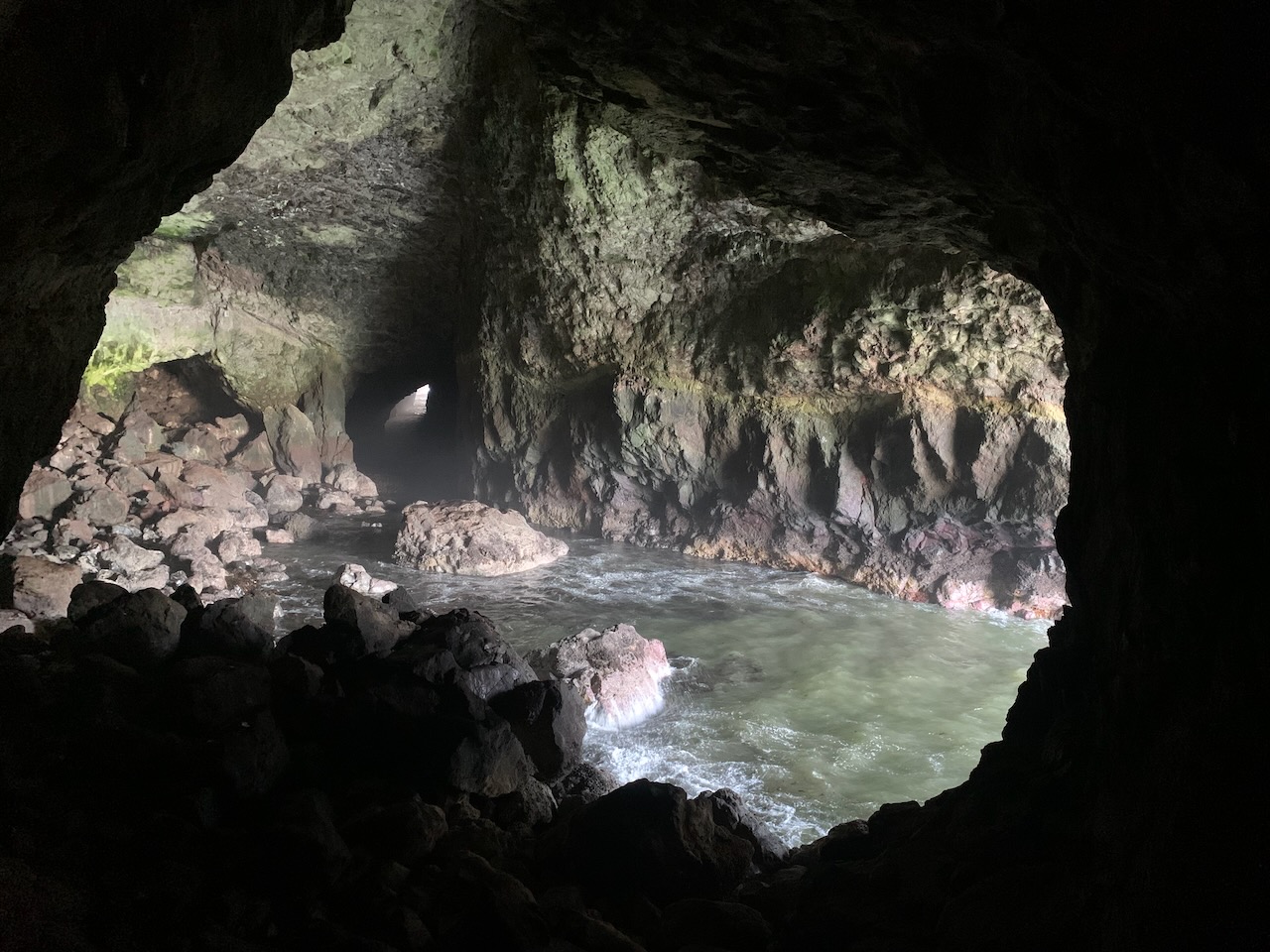
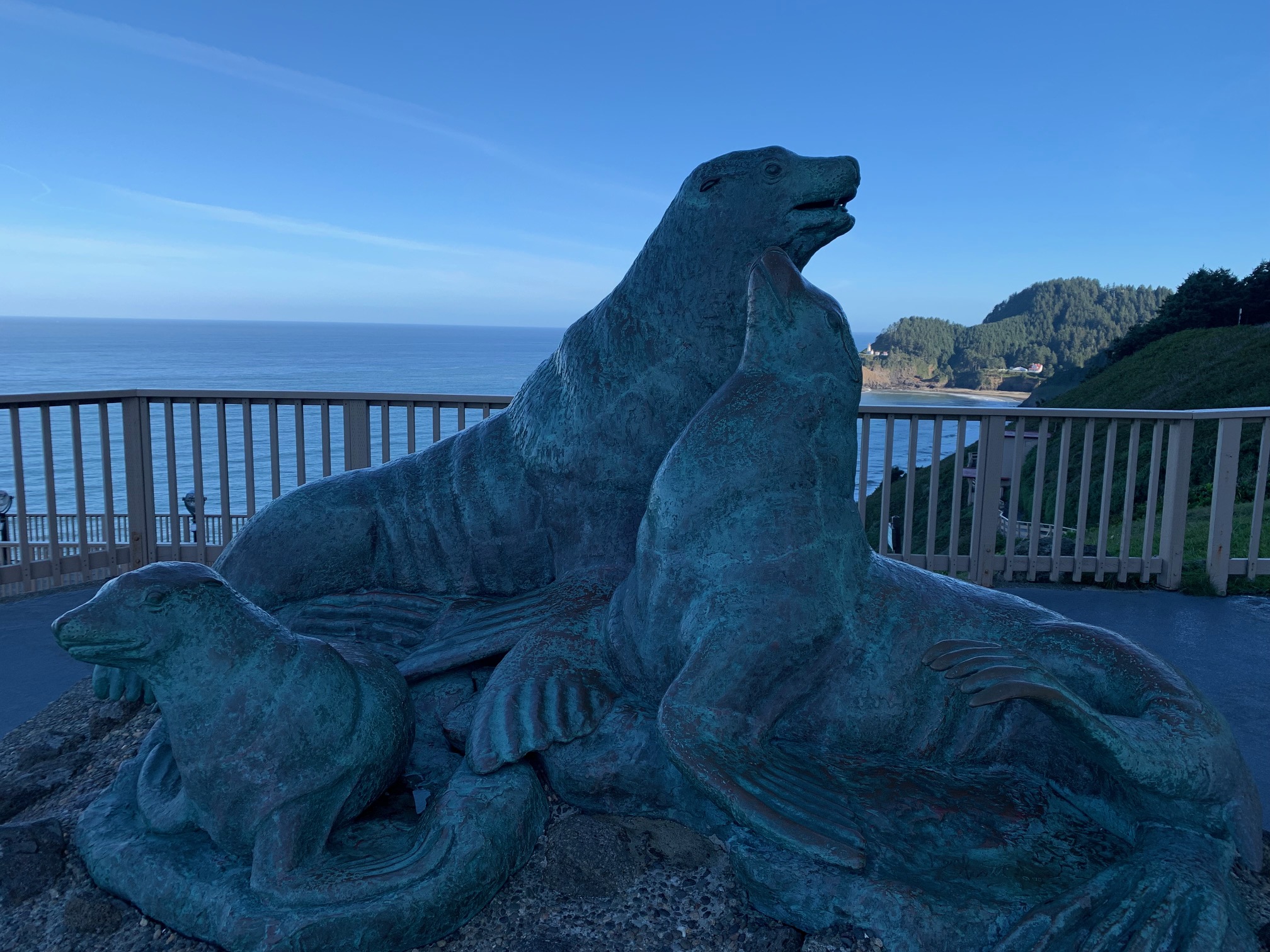
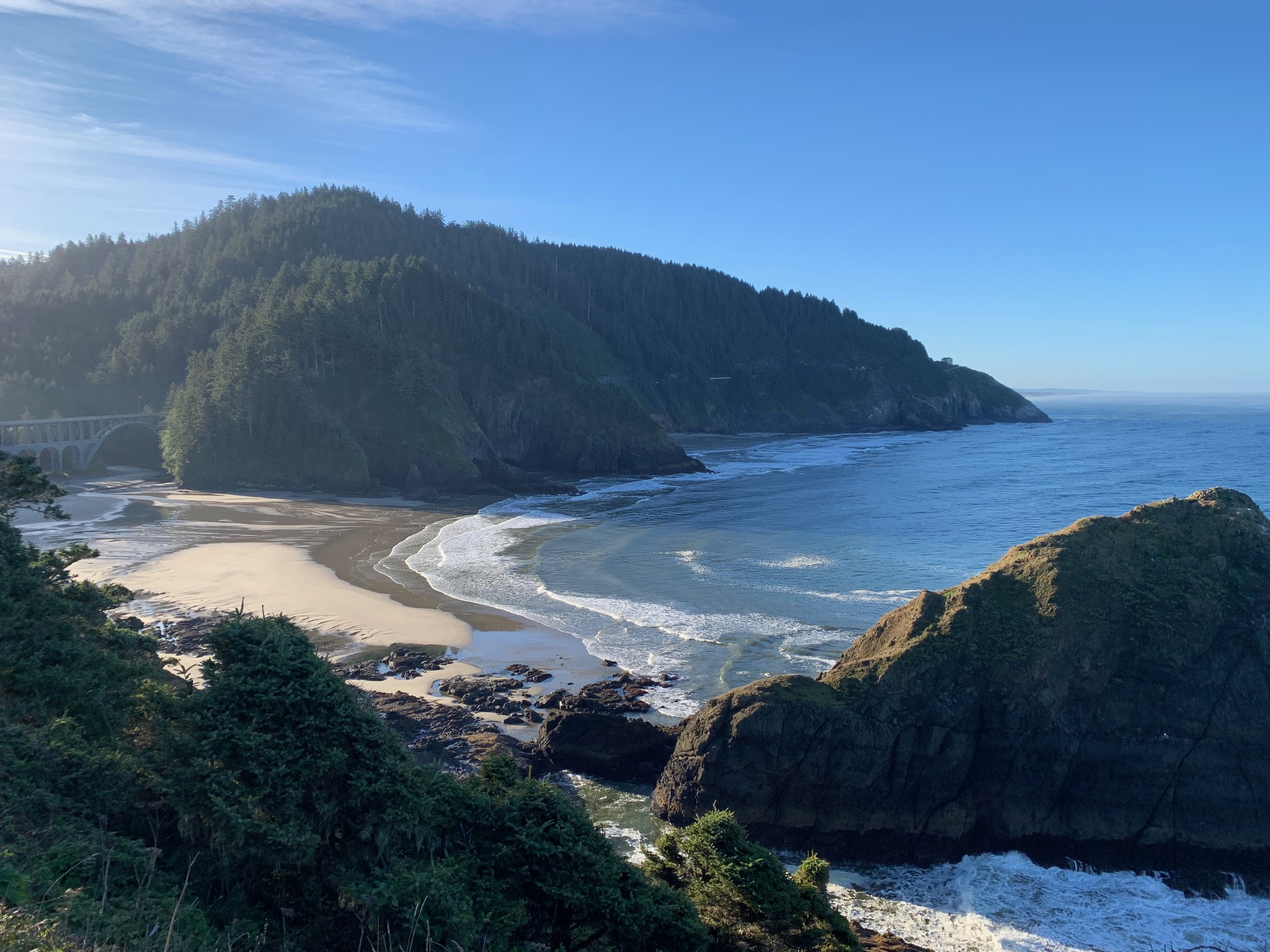
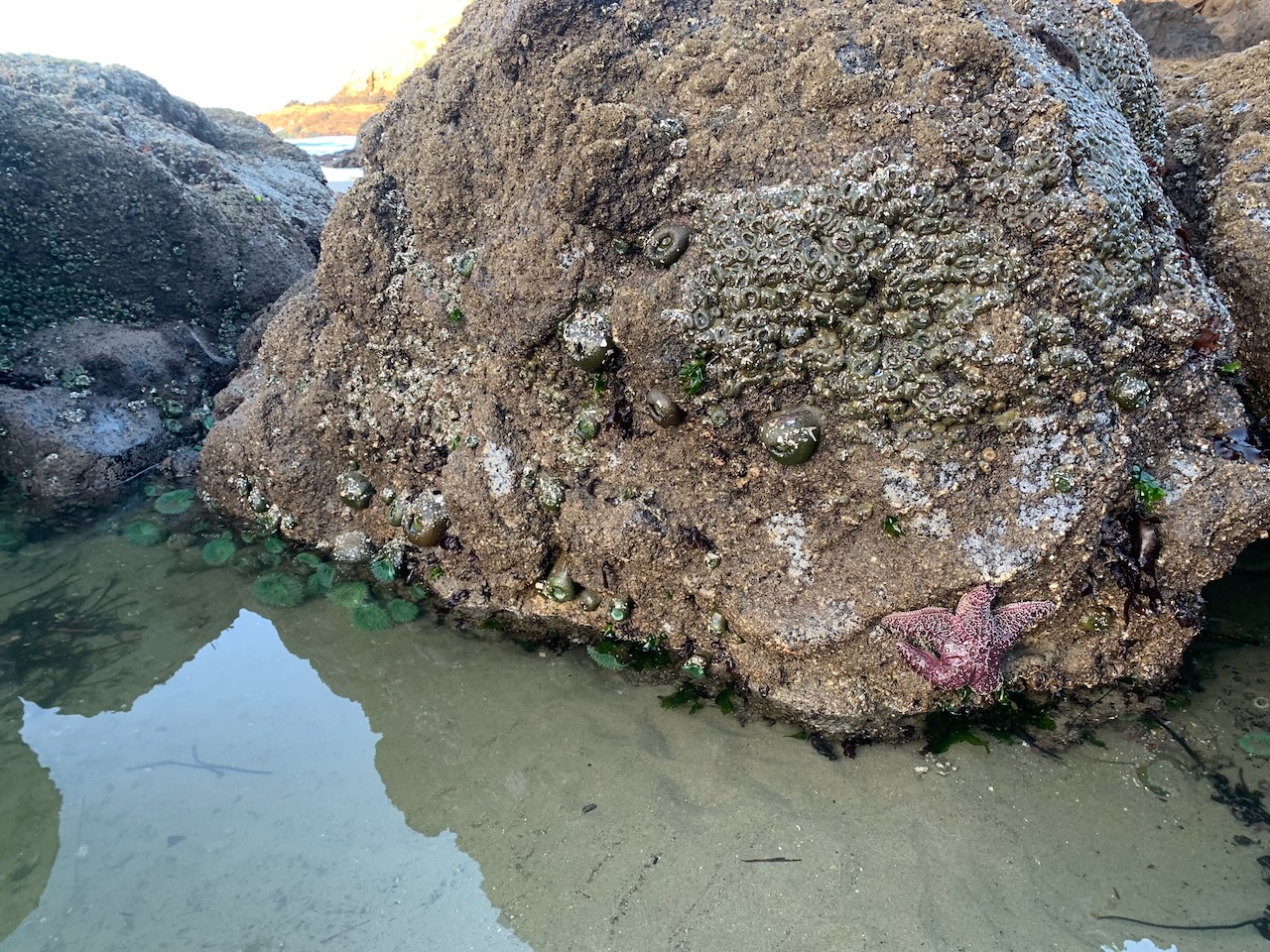
Wolf Haven International, Washington
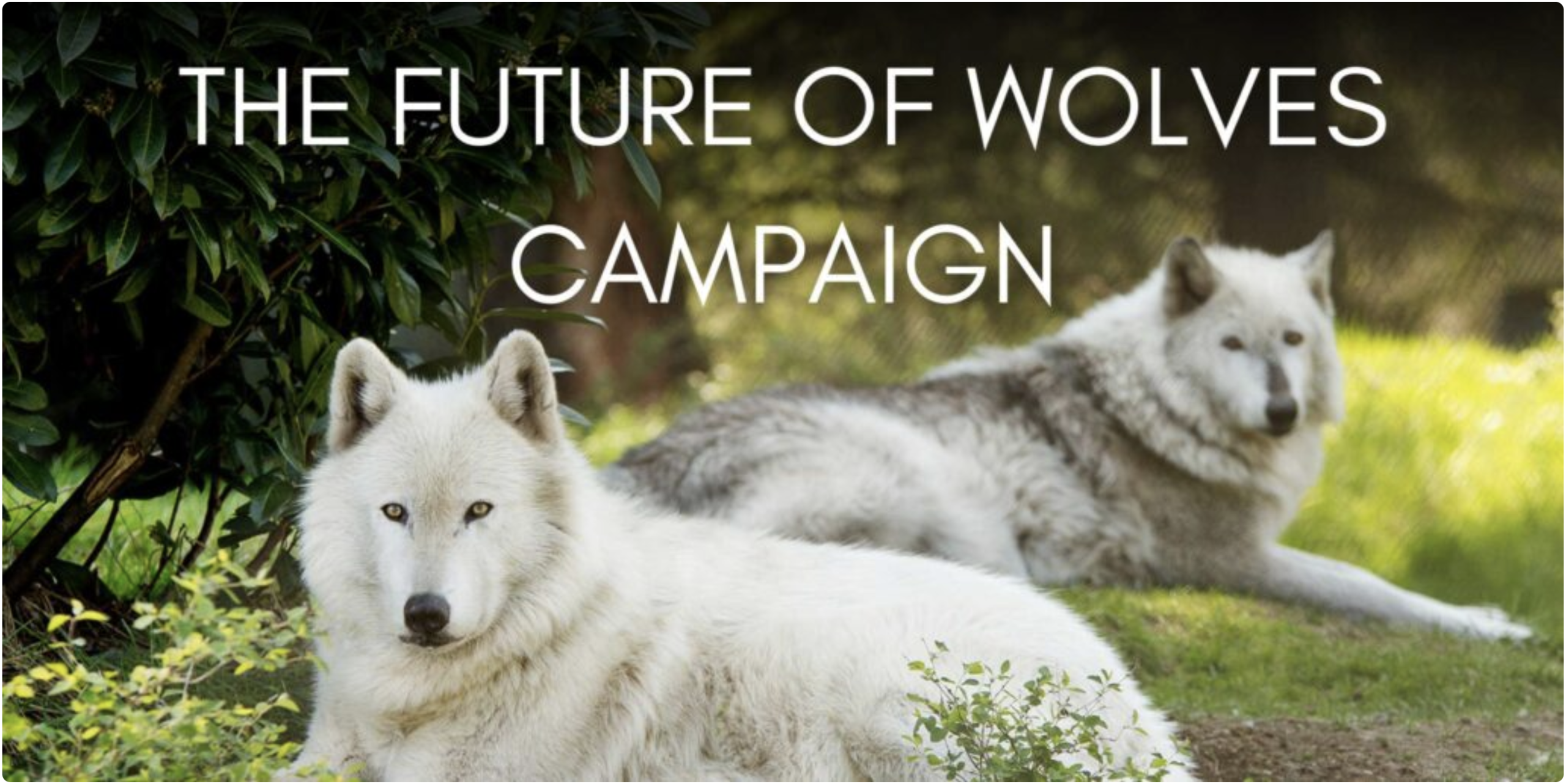
“A sanctuary exists solely for its residents, and as such their welfare is its highest priority.”
The wolf sanctuary in Washington, named Wolf Haven International, is unapologetically focused on the welfare of the animals over the viewing interests of the visitors, which I found really reassuring.
They participate in two national conservation programs, for the Mexican Wolf and the American Red Wolf to try to boost the numbers of two species of wolves that are nearly gone. I had no luck taking photos through the fencing, but I did feel extraordinary fortunate to see these beautiful animals close up. I am planning a sculpture of wolves in the near future, and this visit and the conversation with the really helpful and informative guide there sparked a desire to visit Yellowstone Park on another visit to the USA as soon as I’m able to see wolves in the wild, and of course, bears! Here is a link to donate to their international education, conservation and reintroduction programs. They also have lots of lovely wolfy clothing in their shop, with proceeds going to support the wolves, development of the site, and their educational activities.
Olympic State Park, Washington
A soothing end to our trip, where we really got to appreciate the understory layer in a river valley setting, where this hadn’t been stripped out by wildfire. The old growth Douglas Firs were unbelievably tall, and we saw two different types of woodpeckers enjoying the wealth of standing deadwood. I left the USA feeling that I would need to return in the not-too-distant future to see more of the secluded and out-of-the-way places that exist there on a scale that is hard to imagine when you come from a place like the UK. While I struggled with many of the urban areas, and the big vehicles, and other things, I found that the American people who stopped to talk were helpful, friendly, and often inspired by the love for their wild spaces – which is possibly why many are so tidy and well kept. And if more American fauna and flora find their way into my artwork, you’ll know where the inspiration for those statues came from – and some of them might even find their way home.
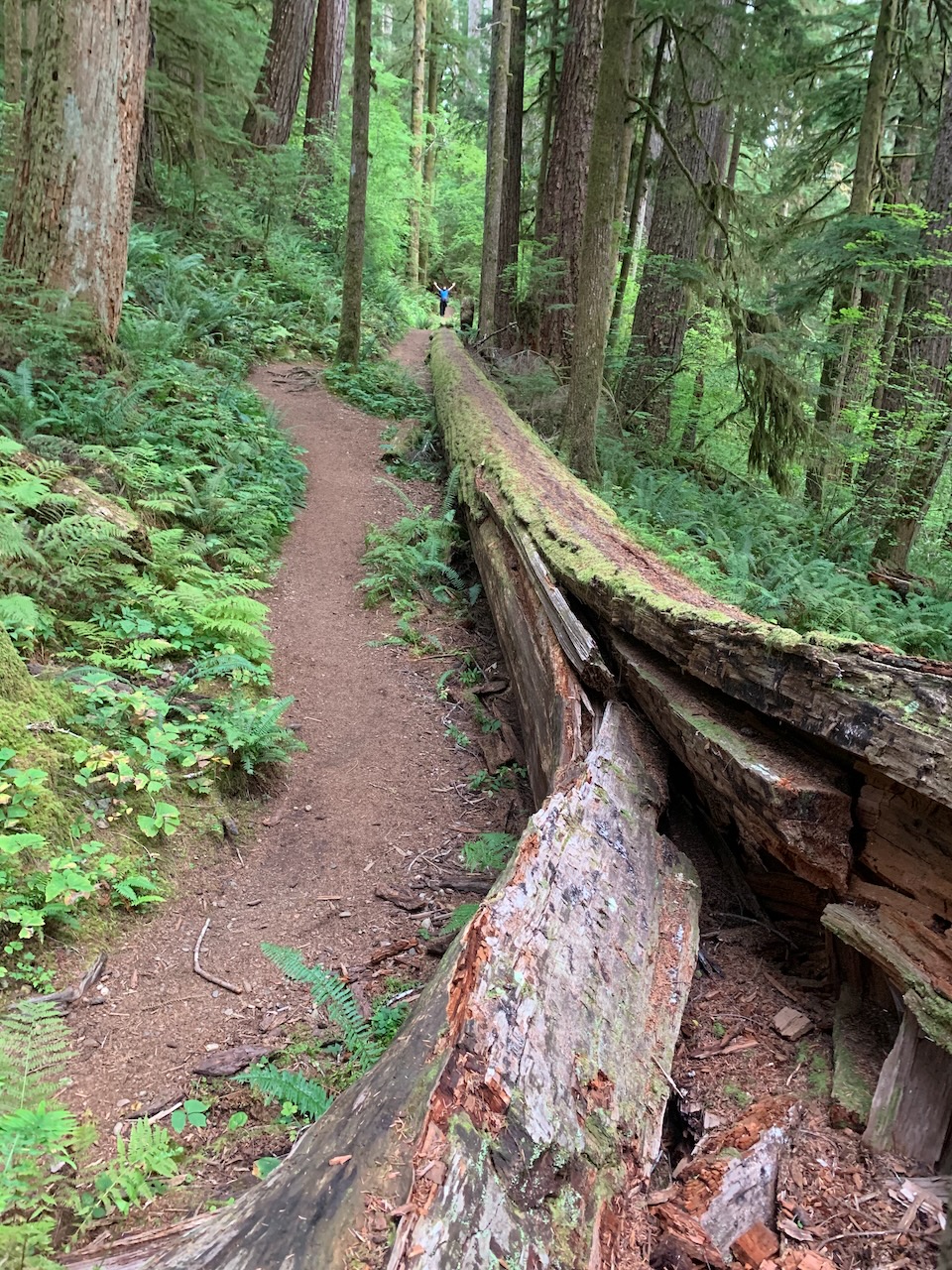
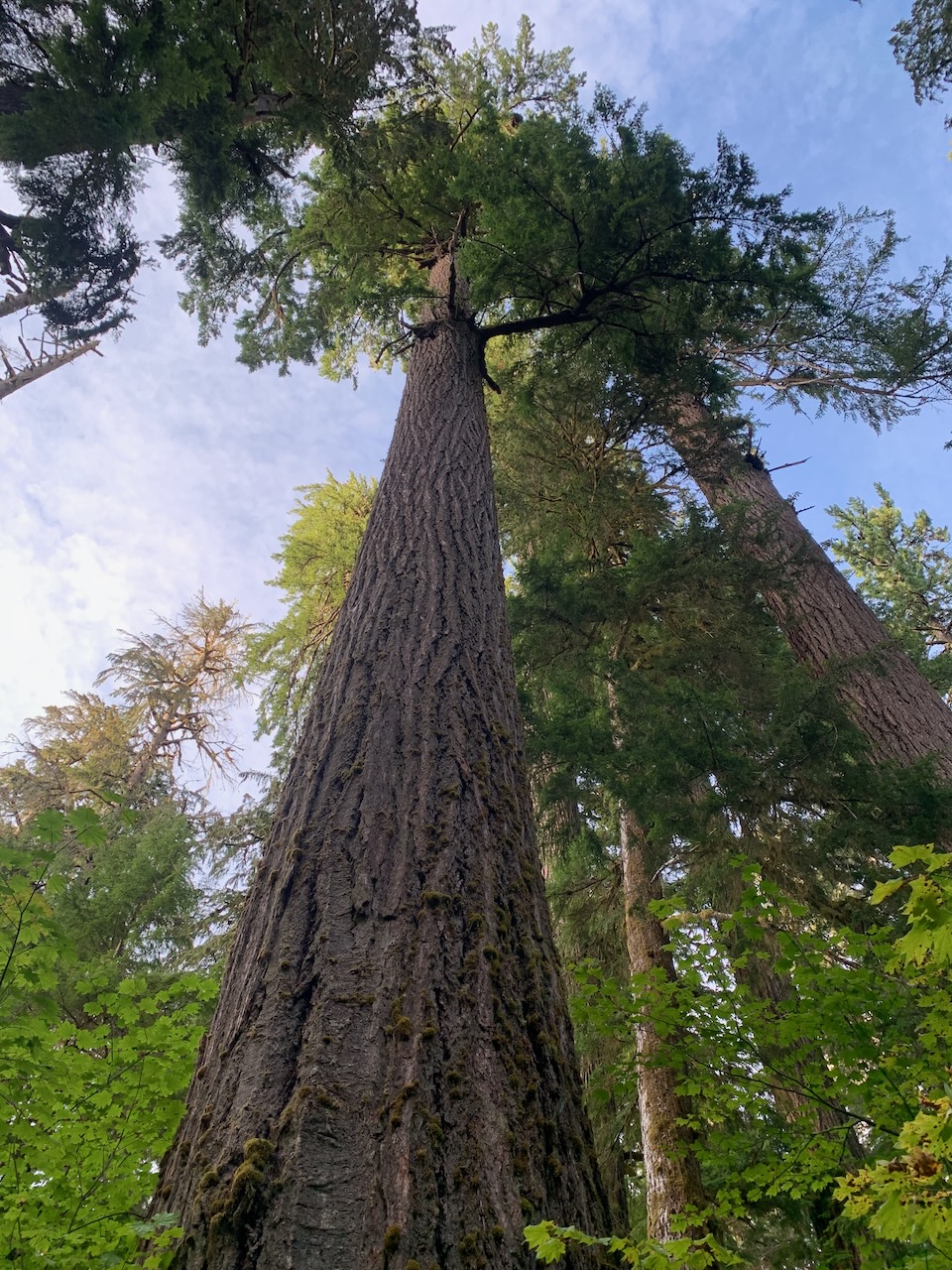
Below: The moon over the camper on our final day
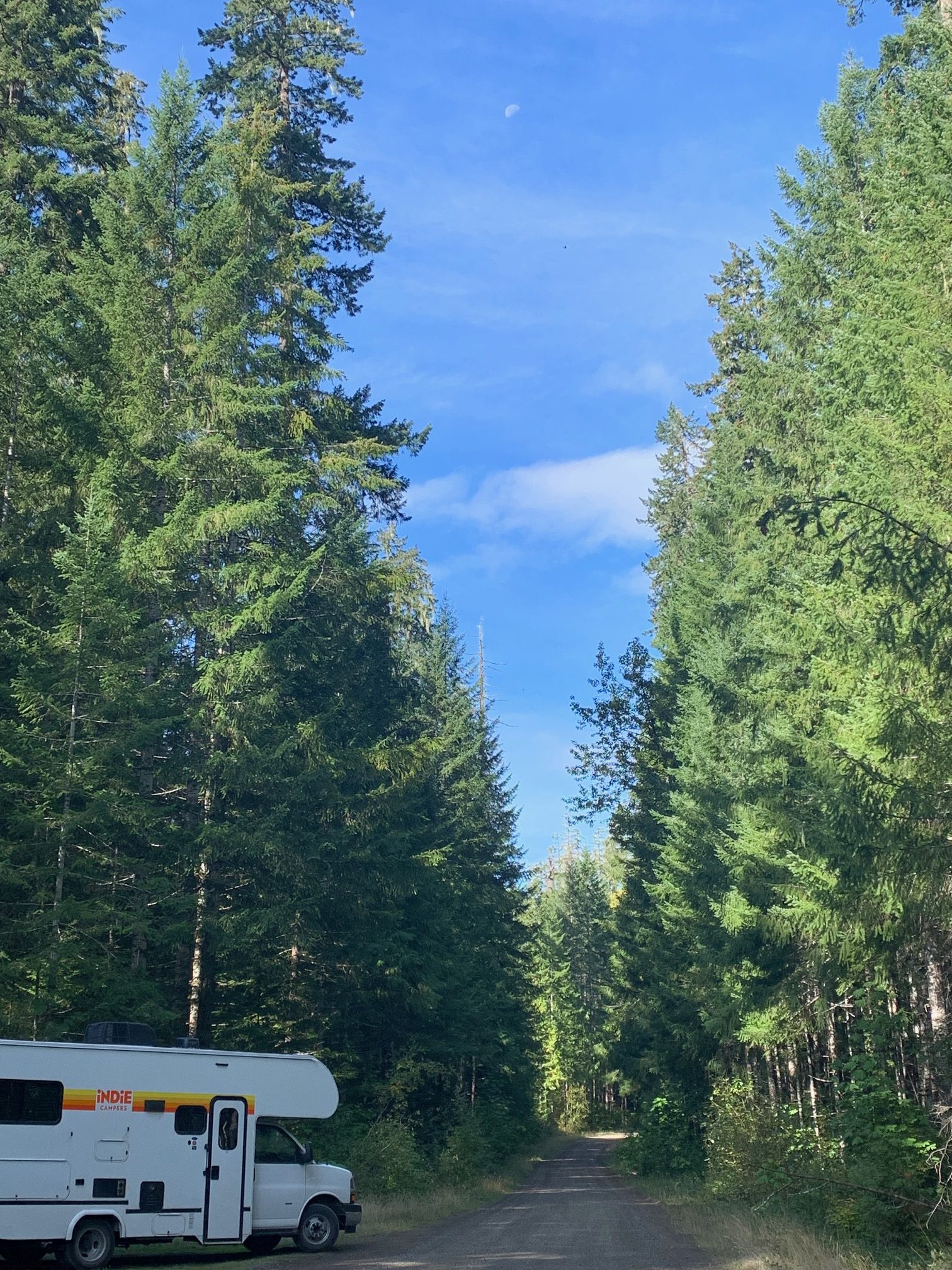

Follow The Artist
Keep up to date with Tanya's latest work!